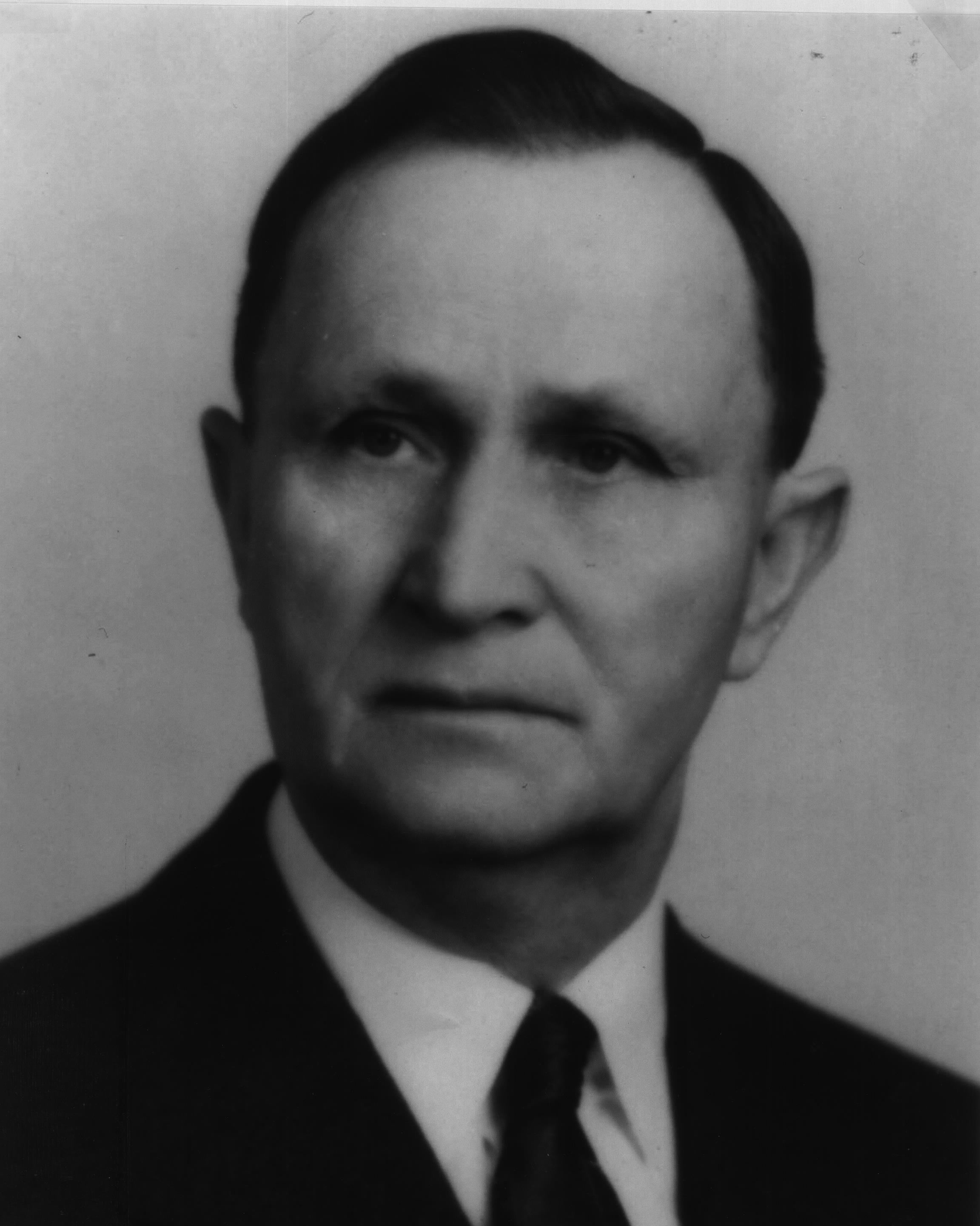William Milton Burns was born in Gadsden, Tennessee on February 4, 1878, son of James W. and Mary C. Burns. The family moved to Vilonia, in Faulkner County, Arkansas when William was about three years of age where he grew to manhood. He was admitted to the Arkansas Medical Department in 1899 but delayed entrance and began to practice medicine under an 1898 Faulkner County Board’s license. He also practiced in adjacent White County. In 1897 he married Iva A. Boardman. (b. 1882). Two children, sons, of the marriage were Herbert (b. abt.1898 in Vilonia, Faulkner Co. AR.) and Albert J. (b. abt.1903 in El Paso, White Co. AR.) In 1912 Dr. Burns moved his family to Argenia, Arkansas (later renamed North Little Rock) and opened an office at 104 East 4th St., a location he retained throughout his many years of practice. That same year he re-entered the Arkansas Medical Department and graduated in 1914. While attending day classes he supported his family by making house calls at night. (His son, Albert J. graduated from University of Arkansas Medical Department and joined his father in practice.)
Later his service to the community was evident as North Little Rock grew into a large town. Dr. Burns was elected mayor in 1919 and again in 1923. During that time, he saw the completion of a water line over the Broadway Bridge from Little Rock that brought a supply of reliable water to the city. Additionally, Dr. Burns was a Mason, was a charter member of the Boys Club, the Lions Club, and the Chamber of Commerce; he was an active churchman at First Christian Church, always seated in the back, close to the phone to be available if he were called. He served on the North Little Rock Board of Education for more than thirty-seven years. He was team physician for the High School and attended all the games sometimes paying for buses for athletes going to out of town games. Burns Elementary School was named in his honor. He was known for his love of children. One year he gave a picnic in the High School stadium for all the babies, including their parents, he had “brought into the world”. Often, he paid for prescriptions for his patients or canceled charges. When he died he left nothing for his family for he had given away everything.

Years later, in 2004, Dr. Burns was inducted into the University of Arkansas for Medical Sciences Hall of Fame. In part the document included a commentary noting his commitment to caring for his patients: he delivered more than 8000 babies, made thousands of house calls, and was said to have walked from house to house during the influenza epidemic of 1918-19, searching for those with the disease. In many cases, he received no compensation other than kind words. *
In 1948, at the age of 70, he started a drive to buy 870 acres (one source quotes 879 acres) of government land adjoining Camp Robinson Military Reservation and convert it into a large park. The City appropriated $20,000 and $1,000 a year thereafter toward the project. Dr. Burns personally headed the Park Commission and gathered volunteers to help begin to clear brush, build a pavilion, and a picnic area. By then, beyond retirement age, he helped build the lake, a covered bridge and a fishing area for children. Named for him, Burns Park has at its entrance a prominent granite stone with an attached engraved picture of Dr. Burns. It stands as a memorial to him.
After the death of his first wife Dr. Burns married Nita Belle Patray in 1951.
He died at the age of 75 on December 29, 1953. His funeral service was held in the North Little Rock High School auditorium to accommodate his many friends and admirers.
Dr. Burns had practiced medicine for more than 50 years, 41years in North Little Rock.
*http://medicine/about-the-college/college-of-medicine-history/hall-of-fame/
B. L. Battenfield November 12, 2015